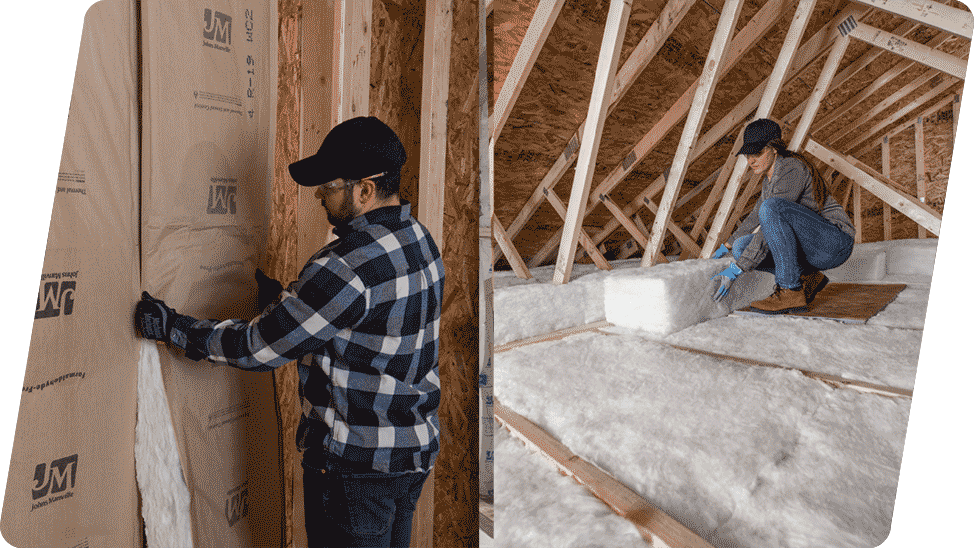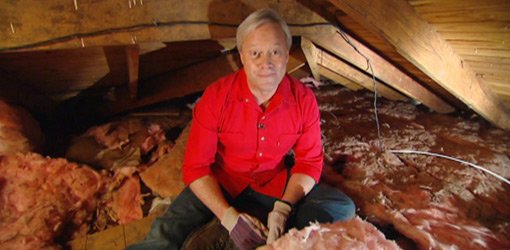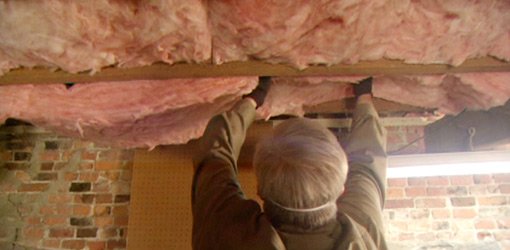Do I Need Faced Or Unfaced Insulation In My Attic

Facing is a thin layer of paper or plastic attached to one side of batting insulation which is sold in a roll.
Do i need faced or unfaced insulation in my attic. The same is true for an attic floor. That s how the barrier is made effective. Like blanket or batt insulation foam board comes in faced and unfaced varieties. It could just as well be a paper faced material or an unfaced material this kind of material lacks the paper that gives it steadiness.
If you don t have enough it may be an indication that your home is under insulated and may not be properly sealed. You can buy them unfaced or simply remove the paper or foil backing. Here s what you need to know about the facing on attic insulation. Attic insulation is available with and without a paper facing.
The first thing that you need to know is what type of insulation will work best for your home. Kraft faced insulation includes a paper vapor retarder which helps prevent mold and mildew. Any time you use a faced insulation the paper needs to be facing toward the living space. Kraft faced insulation should be installed in exterior walls exterior basement walls and attic ceilings by pressing the product into the wall cavity with the paper side facing outward towards the installer.
So in an attic the paper faces downward and in a crawl space it faces upward. The facing contains a thin layer of asphalt which acts as a vapor barrier to block moisture. If a moisture barrier is required or recommended in your climate zone you will want to use the faced board again reflective facing is a good choice to insulate your walls. Achieving greater r values in attics the higher the r value the better the thermal performance of the insulation.
Faced insulation has flanges on the outside of the batt that need to be stapled to the wall studs and joists. It s important to use the right type of insulation to prevent moisture problems in your attic. Whether you choose faced or unfaced insulation for the attic depends on the. You need up to 19 inches or r 49 for efficiency.
Always use unfaced batts both when laying product for the first time and to prevent moisture from becoming trapped between new and old layers of insulation. Place a new layer of unfaced batts perpendicular to the old layer to cover any gaps in the lower layer. The facing should aim down toward the living space. The easiest place to get a gauge on your home s current insulation condition is in the attic.















































